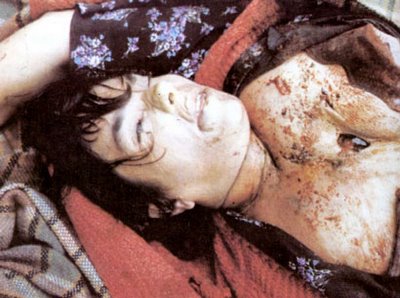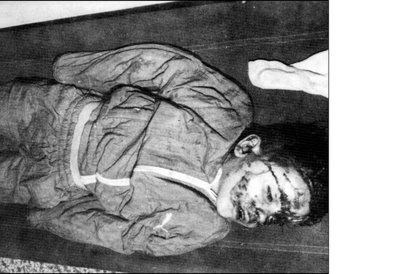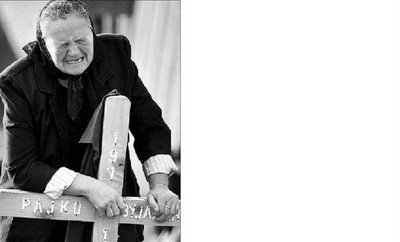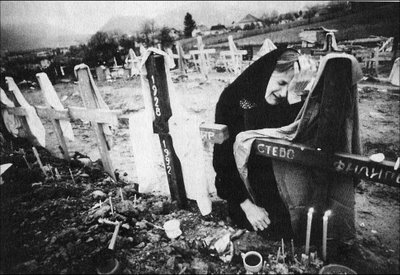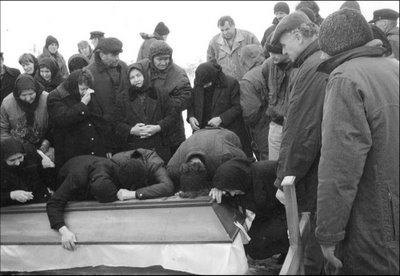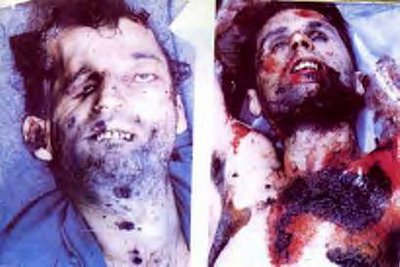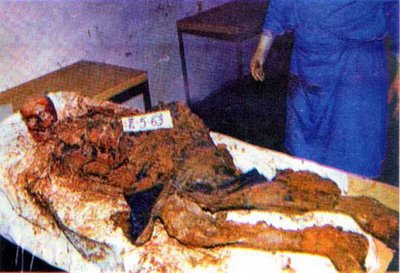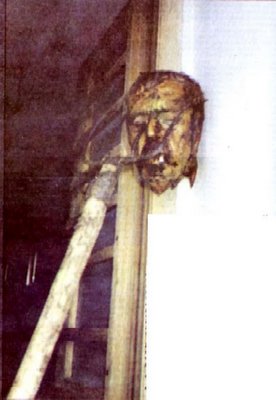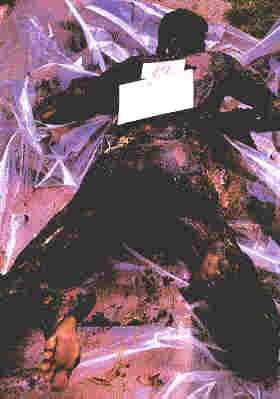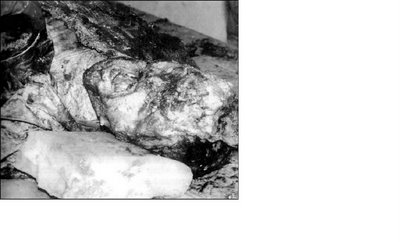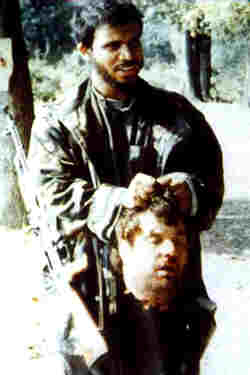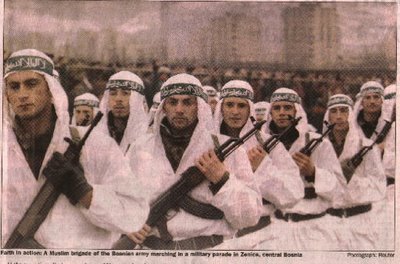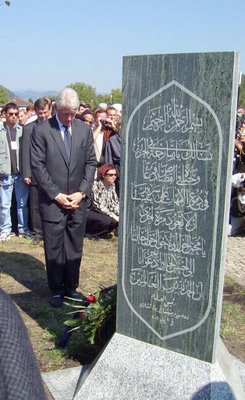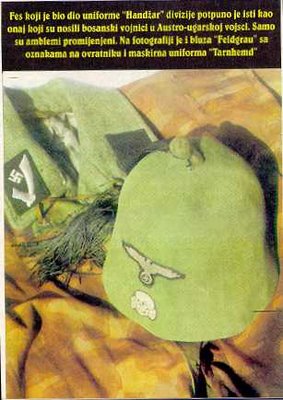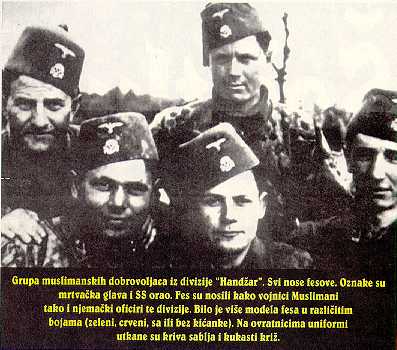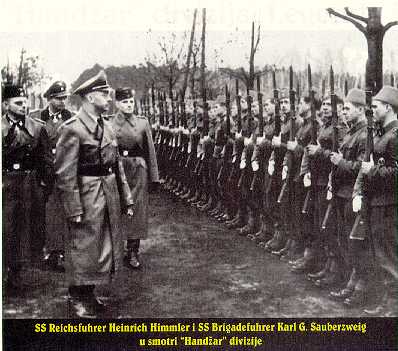“General, Please Ask the Serbs to Slow Down…”
“These Serbs are tough in trouble, sober, modest, unbreakable. They are the free men, proud of their nation and the masters of their fields… For the freedom of their homeland these peasants instantly turned into the most courageous soldiers, the most persistent, the best of all soldiers,” French General Franchet d’Espérey, Commander-in-Chief of the Allied troops in WWI.
90 years ago, on September 13, 1918, at dawn, the Commander-in-Chief of the Allied Forces in the Balkans, French General Franchet d’Espérey, ordered the final offensive for the breakthrough of the Thessaloniki front. Serbian Army which led the offensive on the ground played the key role in a counter-offensive breakthrough studied even today at countless military academies throughout the world, as a shining example of a glorious victory.
At 5:30 a.m. the Serbian troops began an unstoppable surge from the Greek border back in to Serbia, to free their motherland, pushing the Austrians, Germans and Bulgarians out of their country. In 12 days they advanced 800 miles on foot, forcing the French general to telegraph his counterpart in the Serbian Army, General Stepanovic: “General, please ask the Serbian infantry to slow down, the French cavalry cannot keep up the pace!”
The command issued by General Zivojin Misic to the Serbian Army at the dawn of the battle was brief and clear:
“Boldly press forward, without rest, to the utter limits of the human and horse strength. To death, just don’t stop! With the unwavering faith and hope: Heroes, forward! to the fatherland!”
On September 13 1918, the state which was at the brink of complete destruction in the fall of 1915 — occupied by the most powerful empires, left without the army, government and king — rose up from the ashes and amazed the world with its courage and willingness to sacrifice for freedom.
Serbian Army Refuses to Capitulate
Austro-Hungary attacked Serbia in August 1914, but has failed to overcome the Serb resistance. After the Ottoman Empire entered the war on the Austrian and German side, the crucial factor was Bulgaria, which had a strategically most important position on Serbia’s flank. It was believed Bulgarian involvement on either side would decisively tip the scales in favor of that side. While the Allies could offer only small territorial concessions at the expense of Serbia and (still neutral) Greece, the promises by the Central Powers were incomparably more alluring, since they were offering almost all of the Serbian and Greek territories Bulgaria sought. After the Allies were defeated at Gallipoli and the Russians lost the Gorlice-Tarnovska battle — defeats which demonstrated the might of the Central Powers — Bulgarian King Ferdinand signed the pact with Germany and started to mobilize for war on September 21 1915.
“To death, just don’t stop!,” Field Marshal Zivojin Misic
Serbs won the first victory for the Allies in WWI (The Battle of Cer, August 12-24, 1914) against the invading armies, and did their best to ward off the aggressors which outnumbered them several times, winning the Battle of Drina, Battle of Kolubara, etc. However, surrounded by the enemies, attacked from four sides and without any help, Serbia was on the verge of being wiped off the map.
The country struggled to improve the abysmal situation with the cut-off supplies. Its 225,000-men-strong army was poorly equipped and almost unarmed. Although Great Britain and France kept talking about serious military help to Serbia, they left it without any aid and have done nothing until it was too late and Serbia was overrun by the Bulgarian, German and Austro-Hungarian armies.
Under the command of the Feldmarschal Mackensen, Germans and Austro-Hungarians began their attack on October 5 with the massive artillery barrages, followed by the crossing of rivers Sava and Danube. On November 11, the Bulgarian Army attacked from two directions: from north towards the city of Nis and from the south, towards Skopje. Due to Bulgarian breakthrough, Serbia’s position was hopeless — the core of its army in the north of the country could either allow itself to be encircled and forced to surrender, or it would have to withdraw.
Serbian Army refused to capitulate and Field Marshal Radomir Putnik ordered withdrawal toward the south-west, to Montenegro and Albania.
The Legendary March-Maneuver and Serb Golgotha through Albanian Gorges
his was one of Serbia’s darkest hours, when it became completely desolate. The weather was bad, just like the roads, and the army had to help tens of thousands of civilians who were withdrawing along with their army, as the word about the Austro-Hungarian and Bulgarian savagery with civilian population have spread quickly. Croats and Muslims, as part of the attacking Austro-Hungarian army, have committed countless atrocities against the Serbian population during the WWI too. The aging King Petar Karadjordjevic was withdrawing together with his people and the army.In what later became known as Serbian Golgotha through the Albanian gorges, Serbian soldiers and civilians were trudging through the mountainous Albanian wastelands during the harshest wintertime (November 1915 – January 1916), plodding through the frost and snow poorly dressed, on the brink of starvation and exhausted. Their worst enemy was the Albanian population itself — wherever they could, the Albanians were attacking from behind and stabbing the Serbs in the back, killing the nation in retreat whose state has been taken away. Some 100,000 Serb soldiers and countless thousands of Serb refugees perished during this legendary march-maneuver of the Serbian Army, which was compared by various historians with Napoleon’s and Suvorov’s crossing the Alps. Only some 125,000 of the Serb soldiers have reached the Adriatic coast.
Serbia Rises From the Ashes
But as they arrived, decimated Serb troops were once again betrayed — an inevitable constant when it comes to the way West relates to Serbia — the promised allied ships were not there. They arrived only after the Russian Tsar Nikolai had sent a telegram to the French and British governments, threatening with Russian withdrawal from the war if the Allies fail to aid the “remains of the remains of the Serbian Army”.
French transporter ships which arrived after that took the remains of Serb Army to the Greek islands, mostly to Corfu, before sending them to Thessaloniki, for the final attempt to free their country in a relentless march.
When the offensive started, Serbian Army bulldozed over the Bulgarians and several German divisions after them, which were trying to stop the Serb breakthrough at the town of Nis and through sporadic fights in the towns of Vranje, Leskovac and Kragujevac, freeing their homeland in a fierce surge. The state to which the Austro-Hungarian Empire wrote a death certificate four years earlier had been resurrected.
Field Marshal Radomir Putnik, Chief of Serbian High Command
The breakthrough of the Thessaloniki front which Serbian Army started 90 years ago, in the WWI, ended in the liberation of Belgrade on November 1, 1918. Serbian heroes who lost their life on the front were buried at the Serbian Military Cemetery at Zeytinlik in Thessaloniki.
But, before that, they amazed the world.
“What the Germans Could Not Destroy was the Serbian Spirit”
In his report to the French government, Marshal Franchet d’Espérey emphasized it was necessary to slow down the operations because of the problem with communications for delivering food supplies to the advancing French forces. Only the Serb troops don’t need any supplies — they are rushing forward like a blizzard, General d’Espérey noted.
Gordon Brooks-Shepherd, who served as a lieutenant-colonel in World War II, wrote in his book “November 1918″:
“The infantry, and especially the Serbs, had performed… great feats of endurance, for they had done everything on their feet. Their supply system for the advance was grimly simple: they carried NO food with them at all, just ammunition, relying on whatever the impoverished peasantry of their homeland could provide. As a result many who had set out as bronzed fighting men ended up as walking wraiths, mahogany turning into wax. But they went on walking, out-distancing not only the French horsemen but even the British ration-lorries. Such fanaticism was the answer to the puzzled comment [German] Hindenburg made later: ‘Without rest, it seemed impossible for the enemy to bring up strong forces forward to Skopje… How would he overcome the problems of supply, for we had completely destroyed the railways and roads?’ What the Germans could not destroy was the Serbian spirit.”
In a report sent to his government toward the end of October 1918, Marshal d’Espérey wrote about the Serbian Army again.
“They are peasants, almost all of them. These Serbs are tough in trouble, sober, modest, unbreakable. They are the free men, proud of their nation and the masters of their fields… But, the war came. And, there, that’s how quickly for the freedom of their homeland these peasants, without any trouble, instantly turned into the most courageous soldiers, the most persistent, the best of all soldiers. These are the glorious troops, made of endurance and zeal, the ones that make me proud of leading them, shoulder to shoulder with the French soldiers, to a victorious march for the freedom of their fatherland…”
Although General d’Espérey was a Commander in Chief of all the Allied troops, Serbian Army was under direct command of the Prince-Regent Alexander Karadjordjevic and Field Marshal Misic.
After the grandiose victory of the Serb Army, towards the end of September 1918, Bulgarian King Ferdinand abdicated and went into exile at the beginning of October the same year. Several days earlier, embittered German Kaiser Wilhelm II — the last German emperor — in a telegram to King Ferdinand wrote: “Sixty two thousand of the Serb soldiers decided the war. SHAME!”
Serbia suffered the most terrible losses during the WWI: almost every third man died, the loss Serbs have never been able to recover from, and the one which was made far worse some two decades later, in the Second World War.
Friedrich Griesendorf, who died in 1958, was a very educated man. He was at one time a court clergyman for the German Kaiser, Wilhelm II. After World War II, he was a pastor in the Eversburg church parish where a camp of Serbian prisoners of war was located. Before retiring, he dedicated these lines to his German parishioners:"Our country lost the war. The English, Americans and Russians won. Maybe they had much better equipment, larger armies, better leadership. In reality, it was an explicit material victory. They took the victory. However, here among us is one nation that won another more beautiful victory, a victory of the soul, a victory of the heart and honesty, a victory of peace and Christian love. THEY ARE THE SERBS. We knew them earlier, some a little and some not at all. But we all knew what we did in their homeland. We killed hundreds of the Serbs who defended their country for one of our soldiers who represented the occupier -- the oppressor. And not only that, we looked favorably when others shot at Serbs from all sides; The Croatians, the Italians, Albanians, Bulgarians and Hungarians. Yet we knew that among us in the prisoner of war camps were 5,000 Serbian officers, who earlier were the elite of the society and, who now resembled living skeletons, exhausted and spent from hunger. We knew that among the Serbs smoldered the belief 'He who does not revenge is not sanctified'.""We are truly afraid of the revenge by these Serbian martyrs. We were afraid that after our capitulation they would do what we did to them. We imagined murder, plunder, rape, demolition and destruction of our homes. However, what happened? When the barbed wires were torn down and 5,000 Serbian skeletons found themselves free in our midst, those skeletons caressed our children. Only now can we understand why our greatest poet, Goethe, studied the Serbian language. Only now can we comprehend why the last word for Bismark, on his deathbed, was -- 'SERBIA.' That kind of victory is more sublime than a material victory. It seems to me that only the Serbs could win such a victory, being brought up in their St. Sava's spirit and epic poetry, which our Goethe loved so much. This victory will live for centuries in the souls of us Germans. I want to dedicate my last clergyman's sermon to that victory and the Serbs who won it."
Friedrick Griesendorf.
Slava Srpskim herojima

